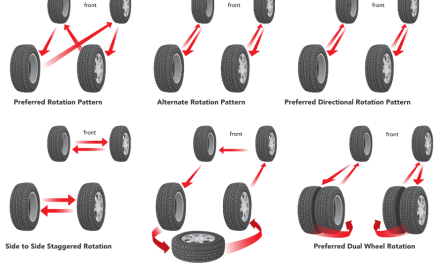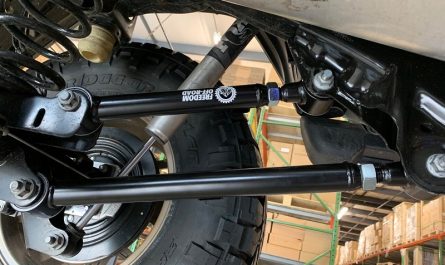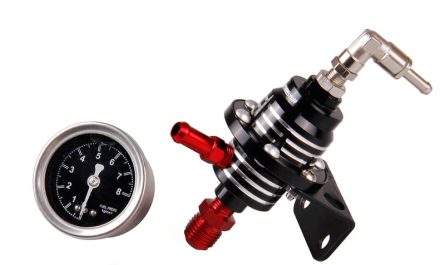Introduction:
The drive belt, often known as the serpentine belt, is an essential component of the engine system in your car. Numerous peripheral equipment, including the alternator, power steering pump, water pump, and air conditioning compressor, are powered by a single, continuous belt. The functionality and safety of the car may be negatively impacted by a series of problems that arise from this belt failing. The purposes of the serpentine belt, signs and symptoms of its failure, and what to do if it breaks are all covered in this article.
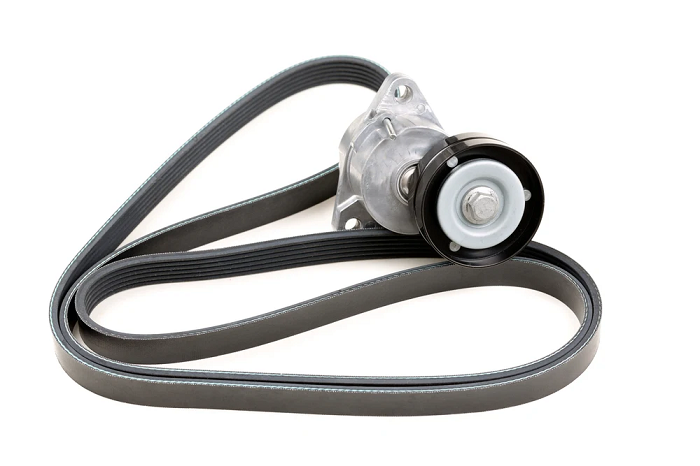
The Role of the Serpentine Belt :
An essential part of the contemporary car engine is the serpentine belt. The serpentine belt is made to wind around different pulleys in a single, continuous loop, unlike older cars that used separate belts for different parts. Among its principal duties are:
Powering Accessories: The alternator, water pump, power steering pump, and air conditioning compressor are just a few of the accessories that receive power from the engine’s crankshaft through the serpentine belt. The belt is necessary for these parts to work properly.
Ensuring Engine Efficiency: The serpentine belt maintains the engine’s overall performance and efficiency by powering these accessories. For example, the alternator powers electrical systems and charges the battery, yet the water pump is essential for cooling the engine.
Maintaining Vehicle Control: The power steering pump facilitates steering by making turning the wheel simpler. It is powered by the serpentine belt. Steering can become hazardous and challenging without it.
Read more: Bike Kickstand Review Types Price Full Guide
Causes of Serpentine Belt Failure:
A serpentine belt’s failure can be caused by a number of things. By being aware of these reasons, breakdowns can be avoided and the belt’s lifespan can be increased.
Wear and Tear: The serpentine belt experiences considerable strain and stress over time. The belt may wear out due to friction, exposure to high temperatures, and environmental factors like dirt and grease. Cracking, fraying, and glazing—a shiny look on the belt surface—are typical indications of wear.
Misalignment: The serpentine belt may wear unevenly or break if the pulleys it wraps around are not aligned. A misaligned engine component, worn-out or damaged pulley bearings, or incorrect installation can all lead to misalignment.
Contamination: The rubber component of the serpentine belt can be weakened by fluids such as oil, coolant, and others. A belt leak or premature deterioration might be caused by leaks from parts like the water pump or power steering pump.
Improper Tension: For the serpentine belt to work properly, the tension must be adjusted. Belt slipping or stretching can result from excessive or insufficient strain. Automatic tensioners are used in many modern cars to keep the belts correctly tensioned, however they can break down or lose their effectiveness with time.
Overloading: An engine or accessory that is overworked may put additional strain on the serpentine belt. The load on the belt may rise, for example, if the air conditioner is operating or if electrical accessories are used more than usual.
Symptoms of a Broken Serpentine Belt:
It’s critical to identify the signs of a malfunctioning serpentine belt in order to stop a total collapse. The following are some typical signs that your serpentine belt might be having problems:
Squealing or Chirping Noises: A worn-out or loose serpentine belt is frequently the cause of a high-pitched screaming or chirping sound, especially while the engine is starting or accelerating. Usually, the belt slipping on the pulleys is what’s making the noise.
Steering Difficulties: In instance, if your car has hydraulic power steering, it may indicate that the serpentine belt is giving way. If you find that turning the steering wheel is more difficult than usual.
Overheating Engine: If the serpentine belt is driving the water pump, an overheating engine may indicate a problem with the belt. When coolant isn’t circulated properly, engine temperature can increase dangerously.
Electrical Failures: Electrical power loss might result from a faulty serpentine belt, as the alternator is driven by it. This may cause other electrical problems, such as dimming headlights or flickering dashboard lights.
Warning Lights: Warning lights that indicate problems with the engine or accessories are frequently seen on the dashboard of modern cars. These lights, which include the battery and check engine light, could be caused by a faulty serpentine belt.
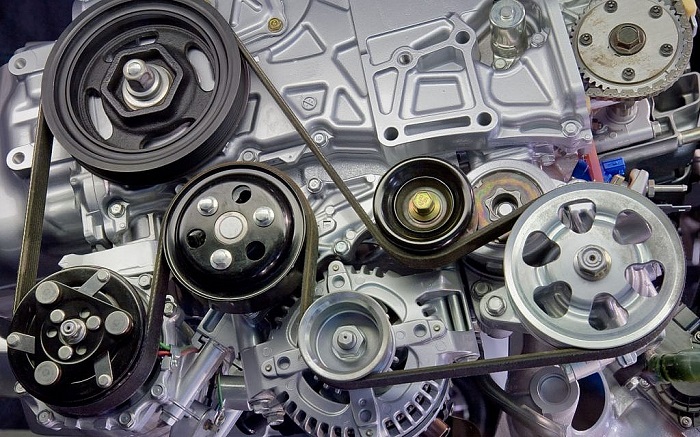
Steps to Take if the Serpentine Belt Breaks:
It’s critical to take immediate action to fix a broken serpentine belt in order to prevent more damage to your car. This is what you ought to do:
Pull Over Safely: Find a safe spot to pull over as soon as you hear strange noises or lose power steering—symptoms that point to a broken serpentine belt symptoms. Your engine and components may sustain significant damage if you drive with a broken belt.
Assess the Situation: If you can, look under the hood after you’ve stopped. Seek out obvious indications of a disconnected or broken serpentine belt. It is preferable to call for roadside help if you are uncertain or unable to find the belt.
Contact a Professional: A broken serpentine belt typically has to be repaired by a professional. To have your car towed to a reputable repair facility or technician, call a tow company. They will be equipped with the knowledge and resources necessary to swap out the serpentine belt and look for any more damage.
Replace the Belt: Usually, the mechanic will install a new belt in lieu of the damaged one. In order to make sure everything is operating as it should, they will also inspect the tensioner, pulleys, and other pertinent parts.
Check for Underlying Issues: Any underlying issues that might have led to the belt’s failure must be addressed. This can entail changing a failing tensioner, realigning pulleys, or patching leaks.
Perform Regular Maintenance: Keep your car maintained on a regular basis to avoid problems down the road. This includes performing routine maintenance visits to inspect the serpentine belt and related parts.
Read more: 2025 Gaint Escape 3 Road Bike
Preventive Measures:
By being proactive, you can increase the serpentine belt’s lifespan and lower the chance of unplanned failures:
Regular Inspections: Get a professional to check your serpentine belt on a regular basis. They can look for alignment, appropriate tension, and wear indicators.
Keep the Engine Clean: Make sure there are no coolant or oil leaks in your engine, as these could harm the serpentine belt.
Follow Manufacturer’s Recommendations: Follow the serpentine belt’s manufacturer-recommended replacement intervals. Although this might vary, most manufacturers recommend changing the belt every 60,000 to 100,000 miles.
Check for Warning Signs: Keep an eye out for any odd sounds or problems with performance, and take quick action to fix them. Early identification can stop more serious issues.
Conclusion:
An essential part of the engine system of your car, the serpentine belt powers a number of components and ensures peak performance. By being aware of the signs and reasons of serpentine belt failure, you can take preventative action and quickly resolve problems. The longevity of your car’s engine components can be increased and unplanned breakdowns can be avoided with routine maintenance and timely belt replacement. In the event that your serpentine belt breaks, you should move quickly and seek professional advice to get your car back on the road in a safe and effective manner.
